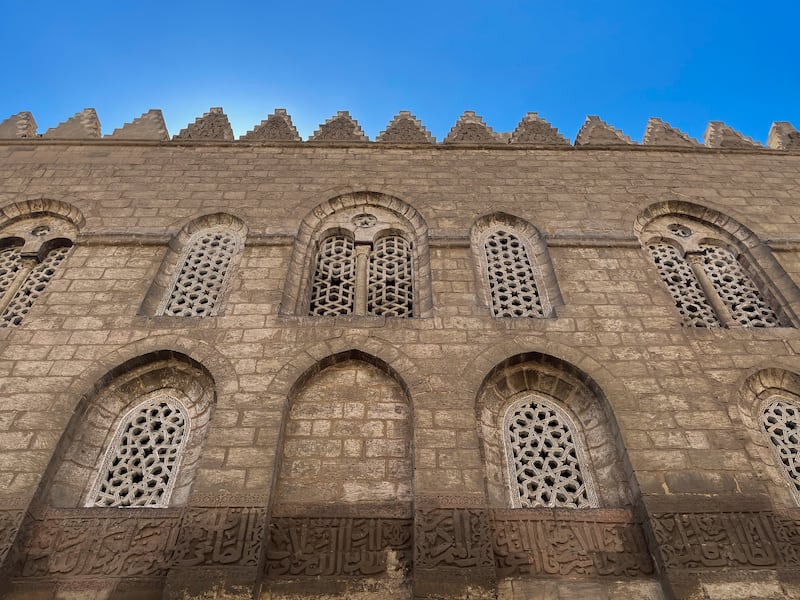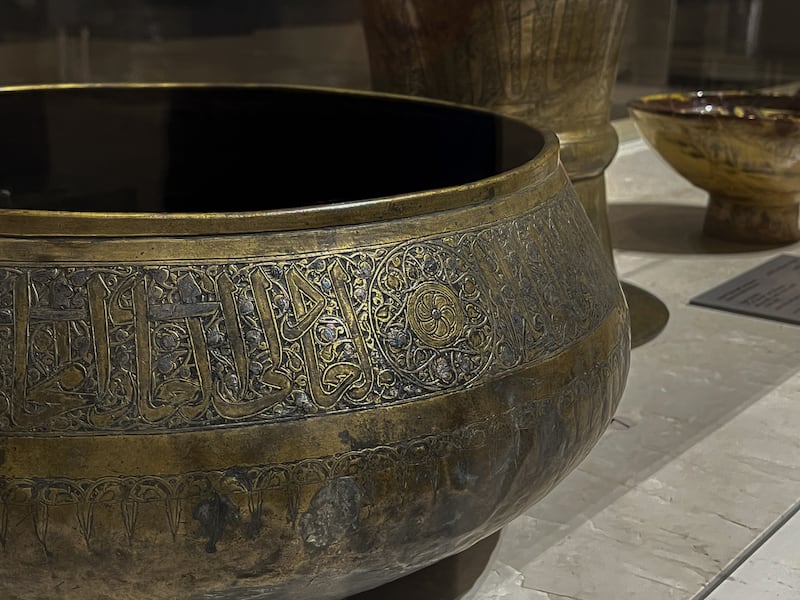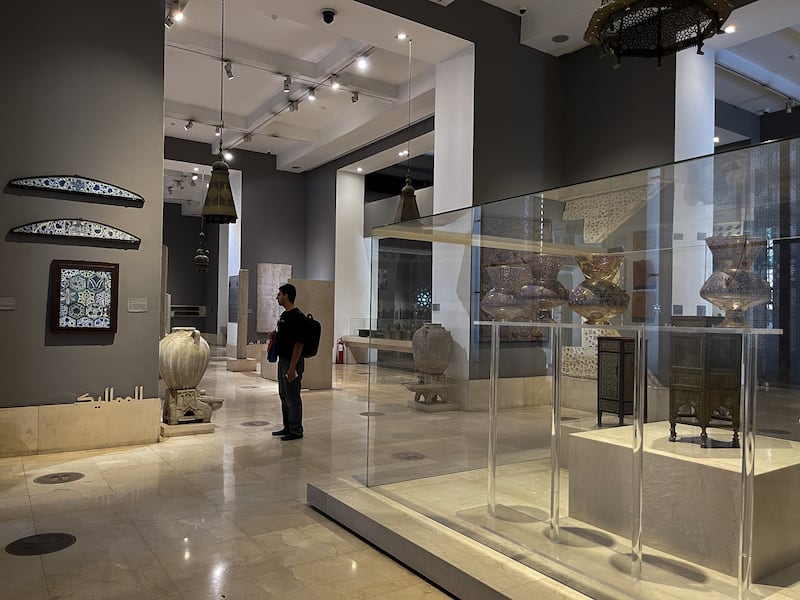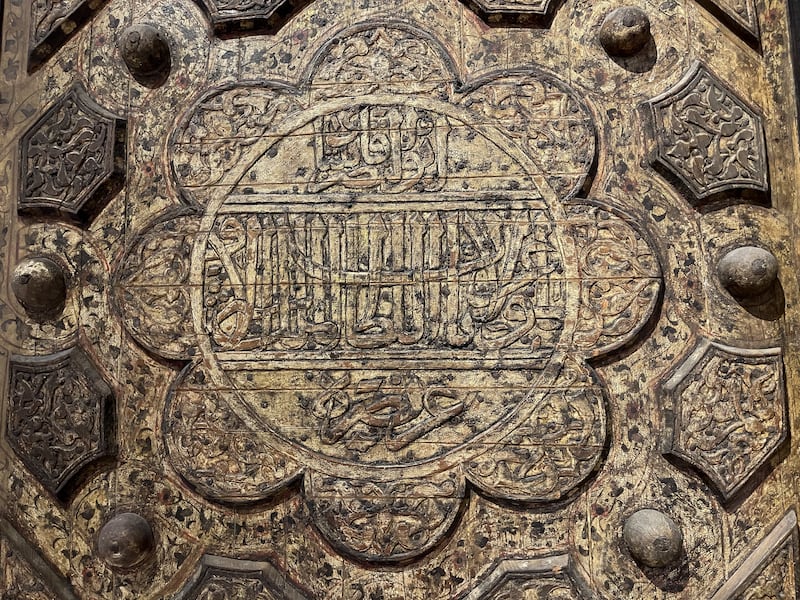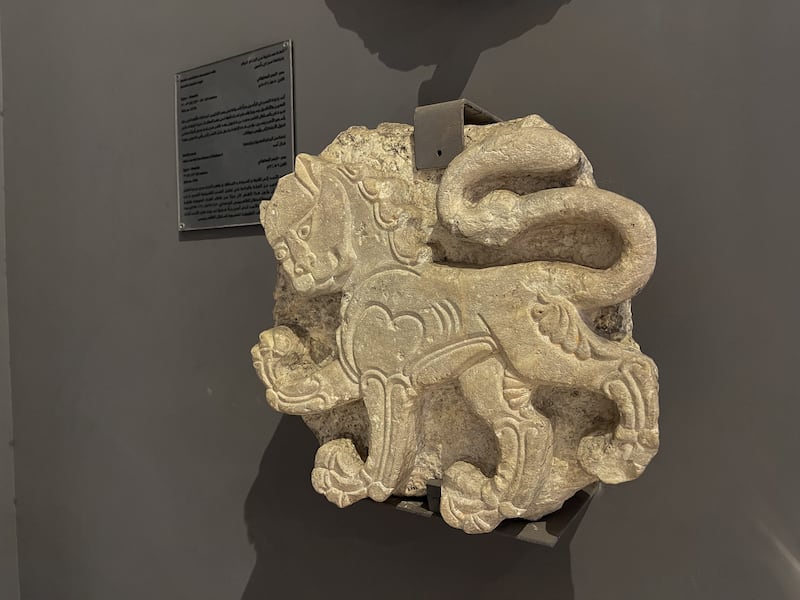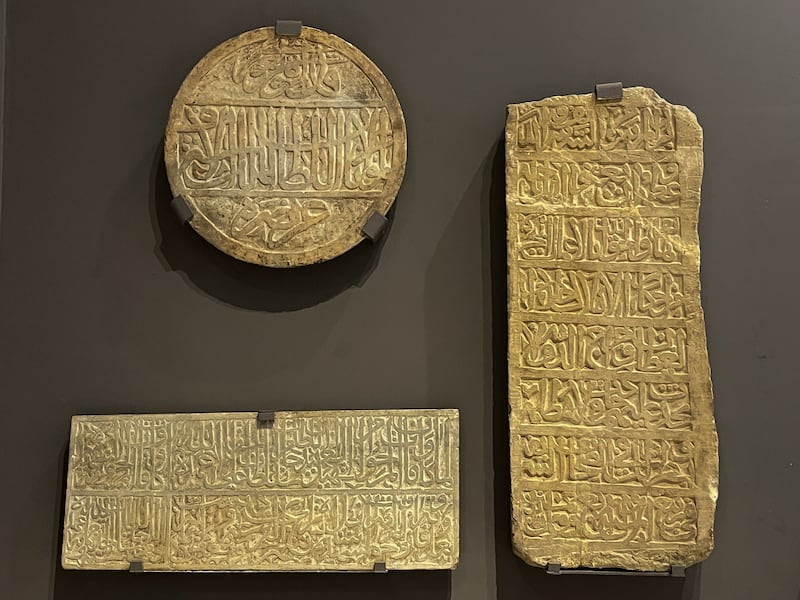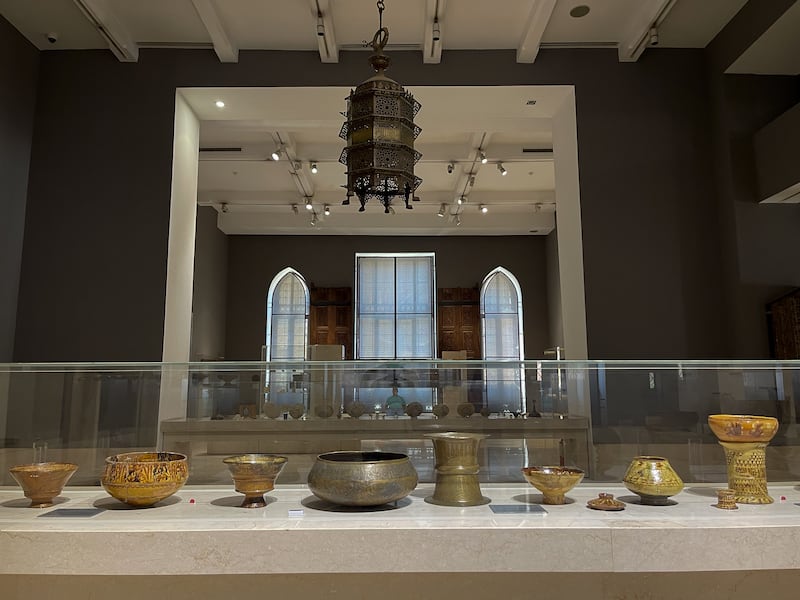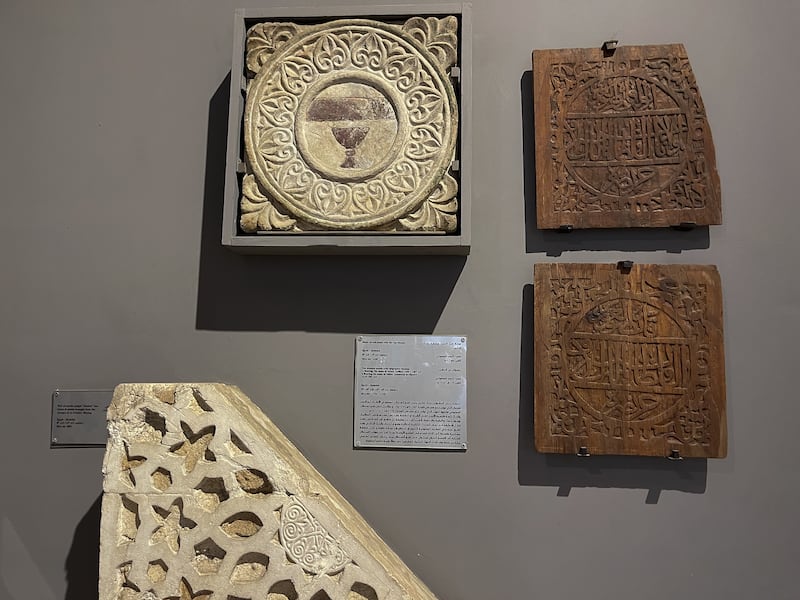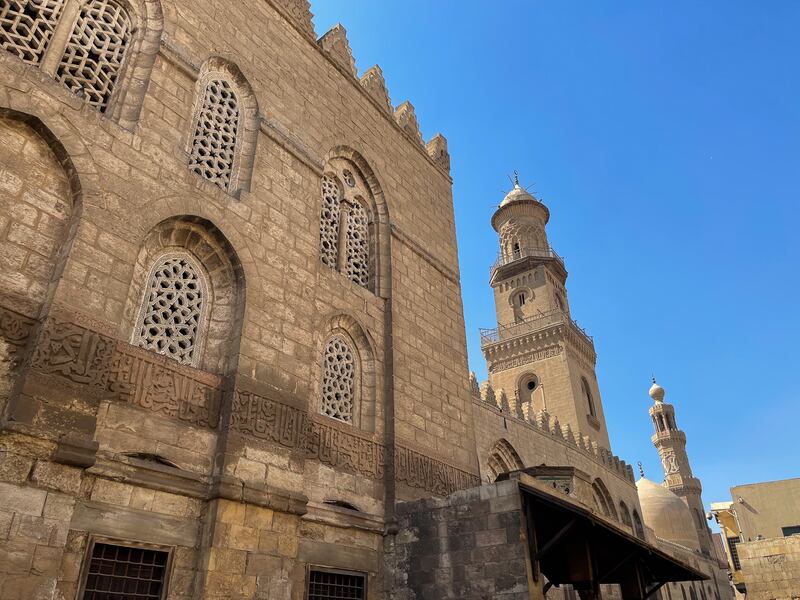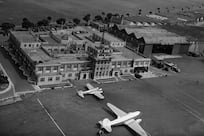Notorious for its brutality and tyranny, the Mamluk age is getting a second look in Egypt these days, with authors, historians and influencers painting a more balanced picture of a unique medieval empire founded and led by slave-soldiers with Cairo as its capital.
Their attempt to revise widely held negative perceptions about the Mamluk era may not be at the heart of the national conversation in Egypt.
However, the intellectual endeavour takes on added significance and relevance because it touches on key identity questions — like who is an Egyptian — in a country where xenophobia is common and many of its 103 million people claim diverse ethnic backgrounds.
“In Egypt, the trend of revising history is chiefly rooted in the fact that we have been fed false narratives for too long. There’s a realisation now by many that alternative narratives do exist,” said Amina El Bendary, associate professor of Arabic and Islamic Studies at the American University in Cairo.
“People have since the 2011 revolution [in Egypt] become more historically conscious. There’s demand, even thirst, for narratives other than those we were taught at school."
In a matter of only a few recent years, a flurry of books on the Mamluks has appeared on bookshop shelves in Egypt. They deal with anything from their governance and relations with the populace and senior Muslim clergy to architecture and military tactics.
Amateur historians have also fuelled the fascination with the Mamluks, creating Facebook pages that explain their history and videos that familiarise viewers with their many surviving monuments.
Such is the scholarly obsession with Mamluk history at present that an Arabic book published in Cairo in 2020 is devoted entirely to chronicling in gruesome detail the era's notoriously high number of assassinations.
In many ways, it can only be befitting that the Mamluk age is receiving this much attention given its uniqueness, the wealth of relevant material available in the works of famed historians such as Ibn Iyas and Al Maqrizi, as well as the majestic mosques, madrasas and palaces they built and still stand in Cairo today.
The revisionist trend appears to be part of a drive among scholars the world over to reread and write history away from the influence of politics, religious beliefs and propaganda.
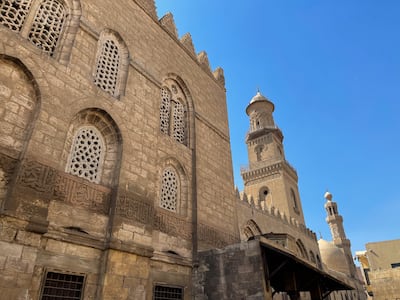
Strategically located at the crossroads of Europe, Asia and Africa, Egypt has since the dawn of history been conquered, ruled and settled by a long line of outsiders, from the Hyksos, Persians, Greeks and Romans to the Arabs, Ottomans, French and finally the British in the late 19th century.
In contrast, the Mamluks — the word means slaves — did not conquer Egypt, but ruled it for three centuries starting in 1250 and ran its day-to-day affairs for three more centuries on behalf of the Ottomans, who captured the country in 1517.
Who were the Mamluks?
With a few exceptions, Mamluk sultans were members of a military class of foreign-born, slave-soldiers captured when children from places like Asia Minor, Greece, the Balkans and the steppes of Russia.
Sold in Egypt, they were raised by their masters as loyal warriors who successfully defended Egypt against the Crusaders and the hordes of Mongols, before they went on to build an empire that stretched from Egypt to Syria, Hijaz, Yemen and North Africa.
During their reign, Cairo became a key trading centre and a main transit point between Europe and Asia. The imposing Mamluk-era monuments stand majestically to this day in Cairo’s Islamic district, speaking to an era that is second only to the time of the pharaohs when it comes to building.
Ms El Bendary, however, says the Mamluk age was not "one unified and coherent” period and warns against romanticising their era as one of uninterrupted prosperity, cultural revival and building.
There were, for example, frequent bouts of severe oppression, excessive taxation, looting by soldiers, epidemics, famine and harsh discrimination against the large Christian community.
The Mamluks also had the deadly habit of always settling their differences by the sword, plunging the country into horrific bouts of bloodletting that left ordinary Egyptians no choice but to wait them out from the relative safety of their homes.
On closer scrutiny of their track record, according to prominent social historian and author Ammar Hassan, the Mamluks were not as or more brutal than others who took the reins of power in Egypt.
They, however, deserve a better and special place in history.
“You cannot put them in the same basket as the Greeks, the Romans or the French and British. They are foreigners who came to Egypt as slaves but, from that point on, knew no home except Egypt in which they lived and which they defended.”
Unfairly maligned
Mr Hassan’s take on the Mamluks contrasts sharply with the narrative on the Mamluks and Ottomans after them that was spread by the state’s propaganda machine after the overthrow of the monarchy by army officers who seized power in a 1952 coup.
That power grab, according to the official narrative at the time, gave the country its first Egyptian ruler since Pharaonic times in Gen Mohammed Naguib, who ruled briefly before he was removed by Gamal Abdel Nasser, a nationalist army officer whose authoritarian rule lasted nearly 20 years.
For decades after, the Mamluks along with the monarchy established by Ottoman Gen Mehmet Ali in the 1800s were relentlessly demonised and vilified as foreign, corrupt and tyrannical.
Mehmet Ali is widely recognised as the founder of modern Egypt.
In numerous movies, television series and political caricatures, members of Egypt’s ruling, Turkish-speaking elite were depicted as stupid, cruel, morally corrupt and speaking Arabic with a comical accent.
By the same token, much of the “revolutionary” narrative on the Mamluks focused on their “foreignness,” that many of them did not speak Arabic well, were new to Islam or they oppressed Egyptians.
Popular culture
The Mamluks were also stereotyped in Egyptian movies as heartless and obsessed with food and sex. For example, the opening scene of the 1965 film Al Mamaleek depicts a Mamluk sultan who suffers from depression and loss of appetite.
He wanted his court jester to cheer him up. When he failed, he ordered his beheading.
“The Mamluks are wrongly associated in our minds with the sight of a soldier on horseback lashing Egyptians with his whip or collecting excessive taxes,” said Youssef Osama, one of several amateur historians who use YouTube channel to familiarise viewers with Mamluk history and monuments.
“In fact, you cannot really talk about the history of the Arab region without mentioning the Mamluks,” said Mr Osama, whose video posts from historical Mamluk sites in Cairo garner tens of thousands of views.
But perhaps the first attempt at rereading the Mamluks’ heavily chronicled history came much earlier than Mr Osama’s posts or the novels of bestselling and prize-winning author Reem Bassiouney, whose books not only changed stereotypes about the Mamluks, but also endeared them to readers as chivalrous, romantic and devout Muslims who zealously guarded their faith.
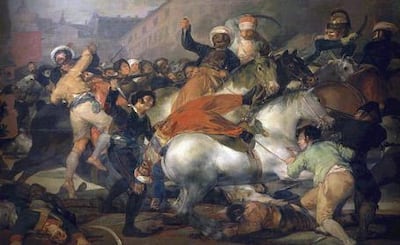
In his 1961 novel turned blockbuster movie directed by the late Hungarian-born American Andrew Marton, author Ali Bakatheer explored the often-romanticised beginnings of the Mamluk age in Egypt.
He did that through recounting the dramatic rise to power of a fictional slave-soldier who successfully rallied other Mamluks and Egyptians behind him to defend Egypt against an imminent invasion by the Mongols.
Bakatheer’s portrayal of the background of Mamluks in his novel Oh, Islam! is not much different from his own. Also a poet and playwright, the late Bakatheer was born in Indonesia to a family hailing from Yemen’s southern Hadramout region; but lived most of his life in Egypt.
Bassiouney, the novelist and linguistics professor at the American University in Cairo, has been at the forefront of efforts to revise the history of the Mamluks, passionately appealing through her written work and frequent public talks for a more balanced view of their era.
“I am definitely trying to shatter stereotypes. For example, who is a real Egyptian? To me, it’s someone who cares about Egypt and wants to live and die in Egypt. Ethnicity is not easy to measure in Egypt,” said Bassiouney, whose historical 2018 novel Awlad El Nas portrayed the golden years of the early Mamluk era through the lives of a chivalrous warrior prince, his Egyptian wife and their children.
“The Mamluks are real Egyptians because they cared very much about Egypt and the life of Egyptians. Not all of them, obviously, but it is unfair to portray them simply as bloodthirsty warriors,’ she said.
“They have achieved a great deal in less than 300 years. Some of them were poets, Sufis and sheikhs. Their state represented the last era of Islamic glory, actually.”
Shady Lewis Botros, a London-based novelist and political commentator, shares her view that the Mamluks may have been victimised to satisfy the goals or realise the ambitions of others.
“Ottoman propaganda was built on the demonisation of the Mamluks as not being Muslim enough. The real battle for Napoleon Bonaparte in Egypt was against the Mamluks. His propaganda and that of Mehmet Ali later was based on ending the evil of the Mamluks,” he said.
“What is going on now is a genuine historical revision to set the record straight.”
